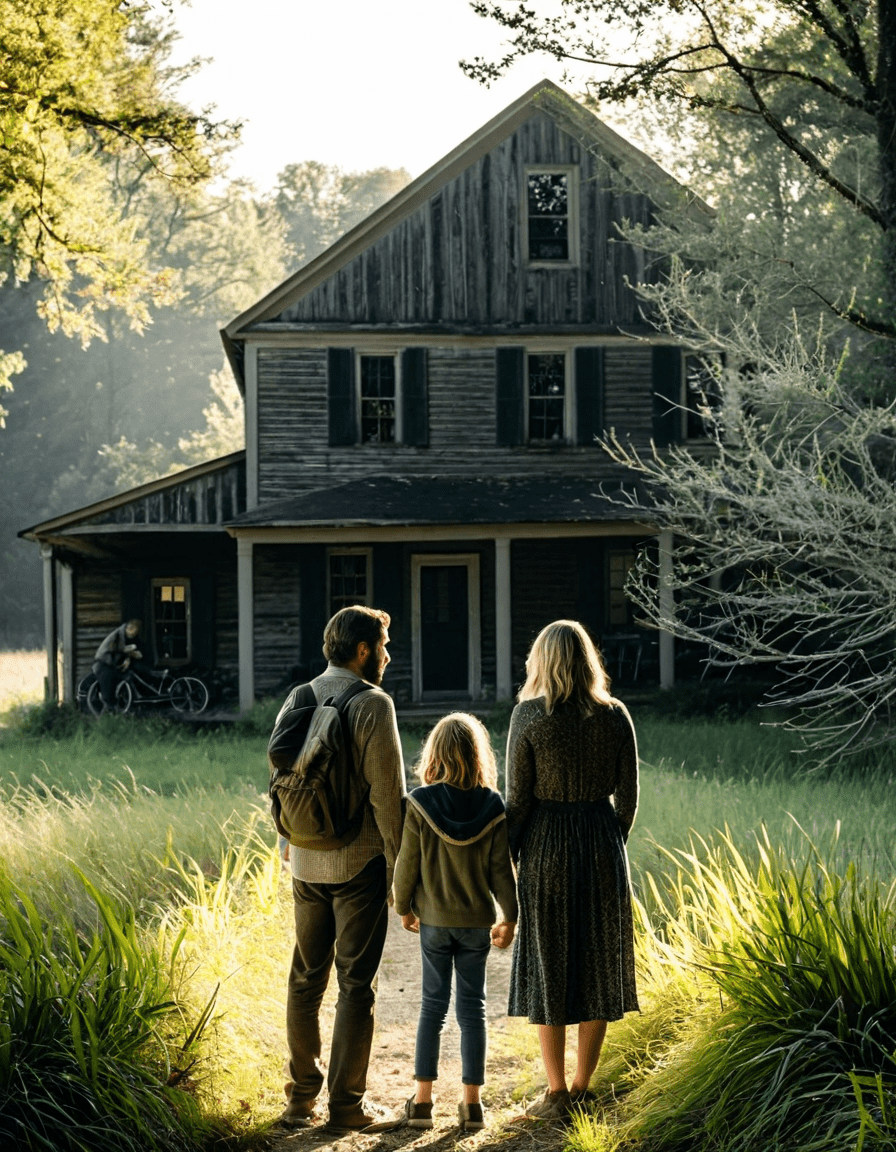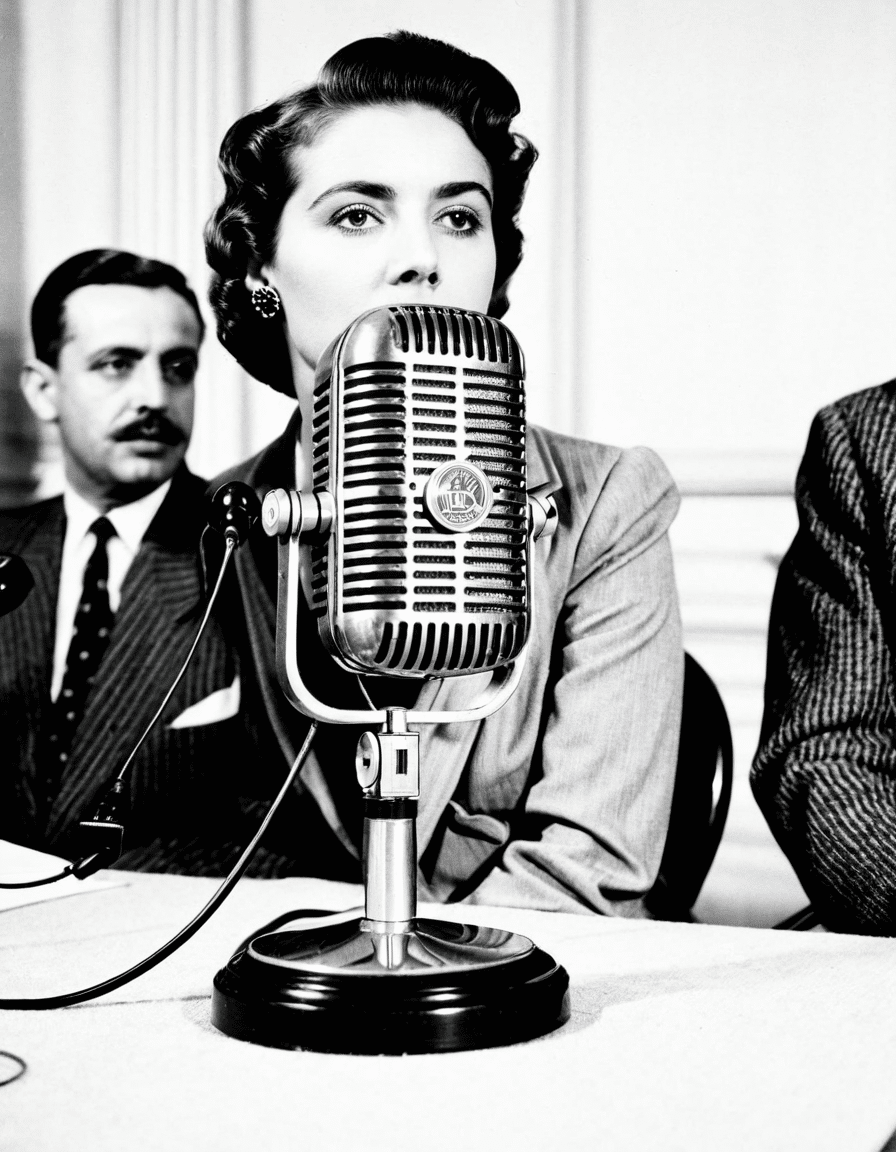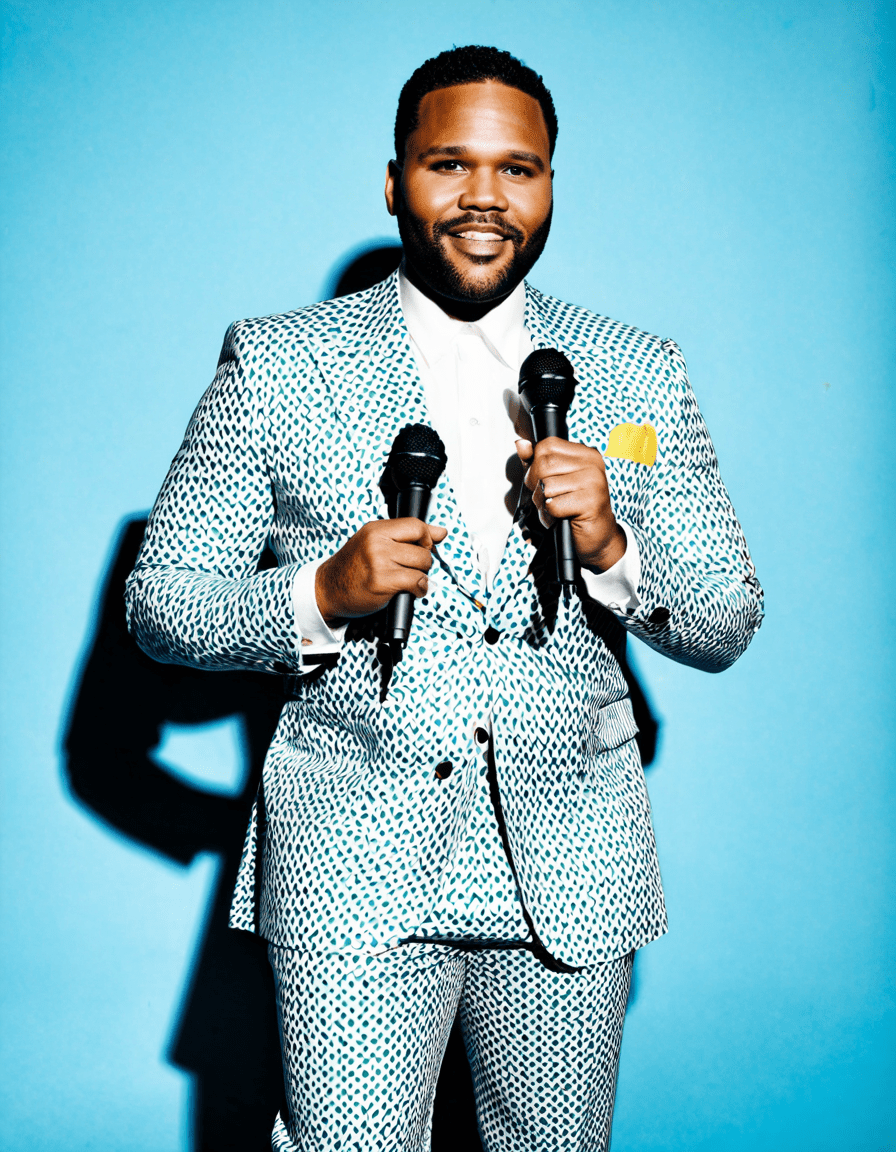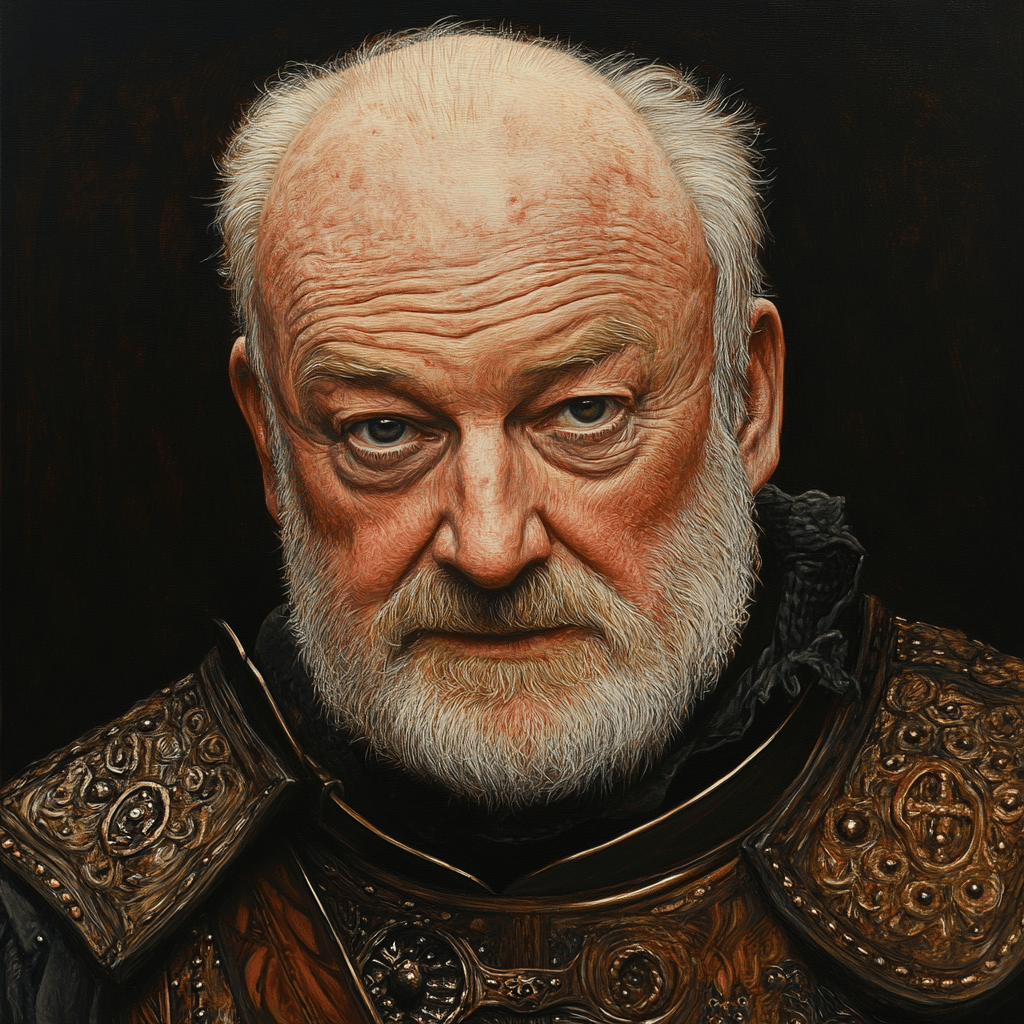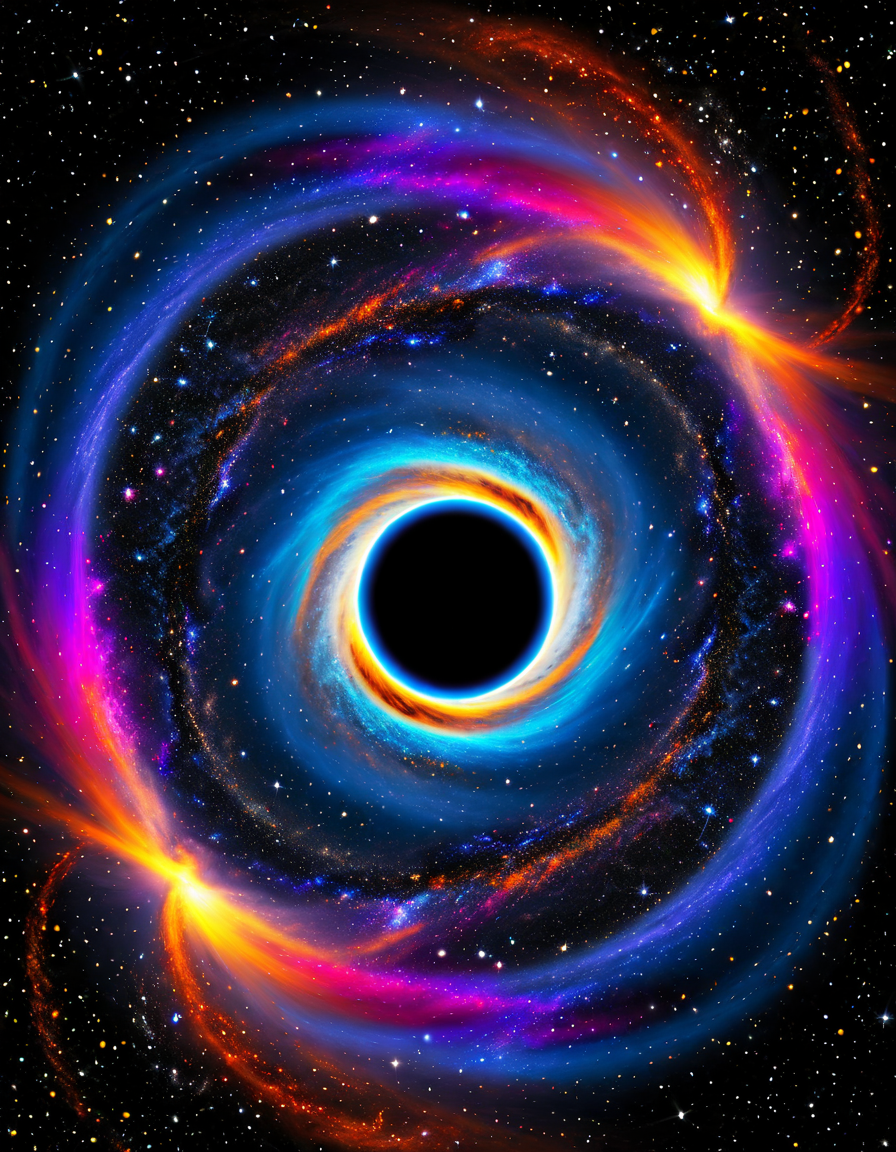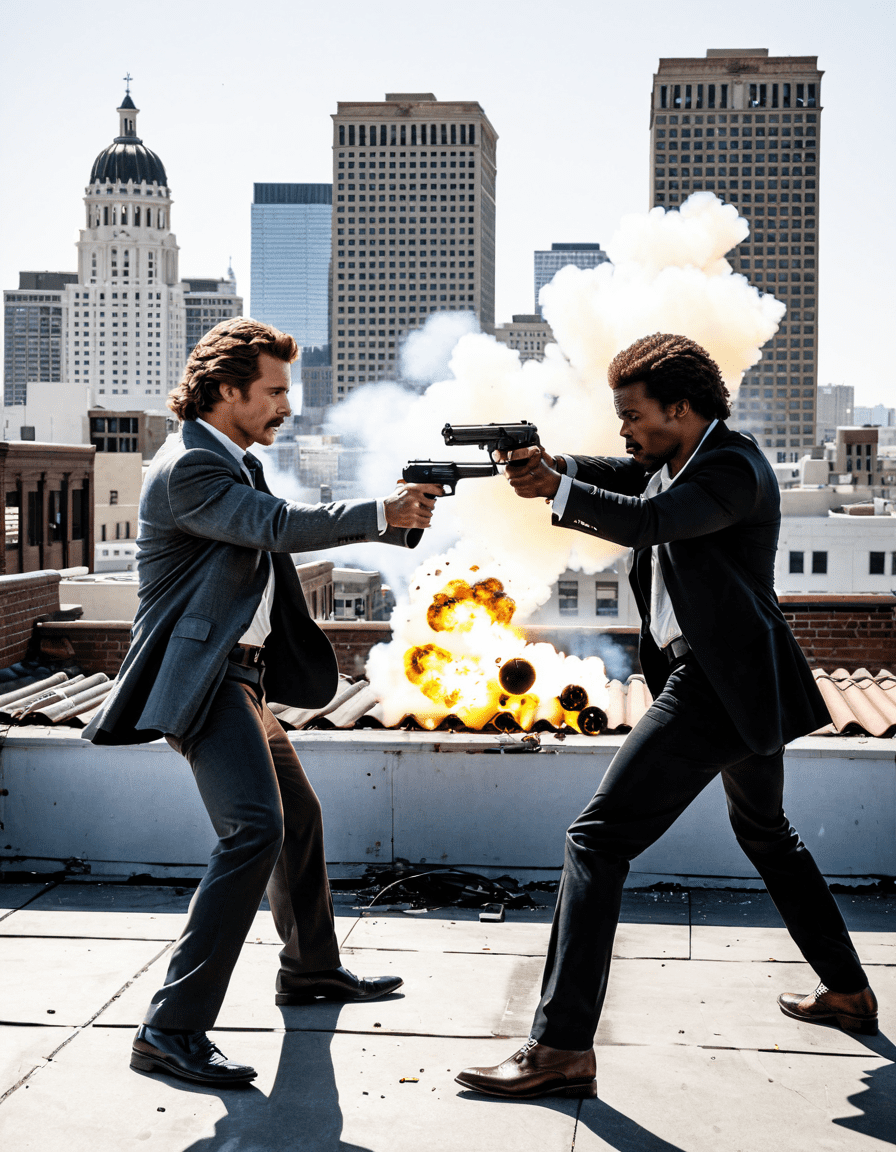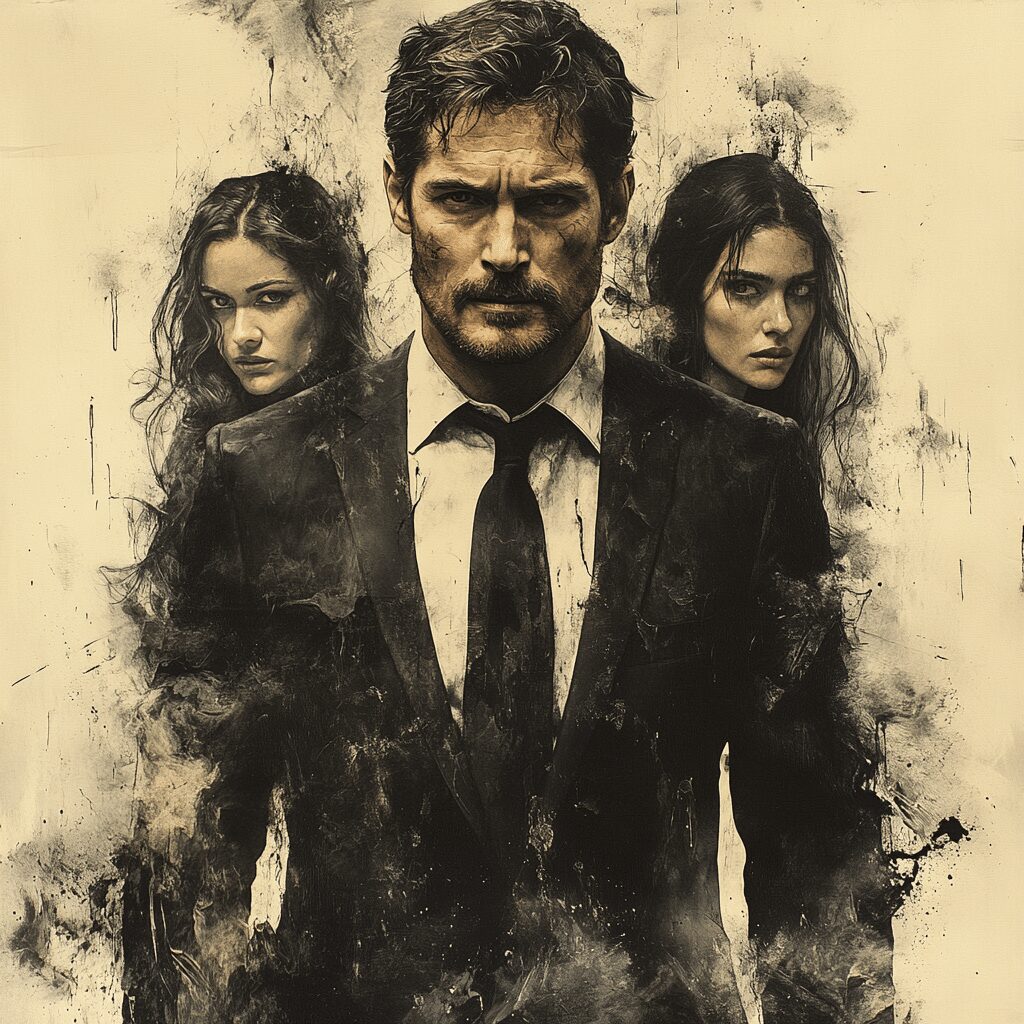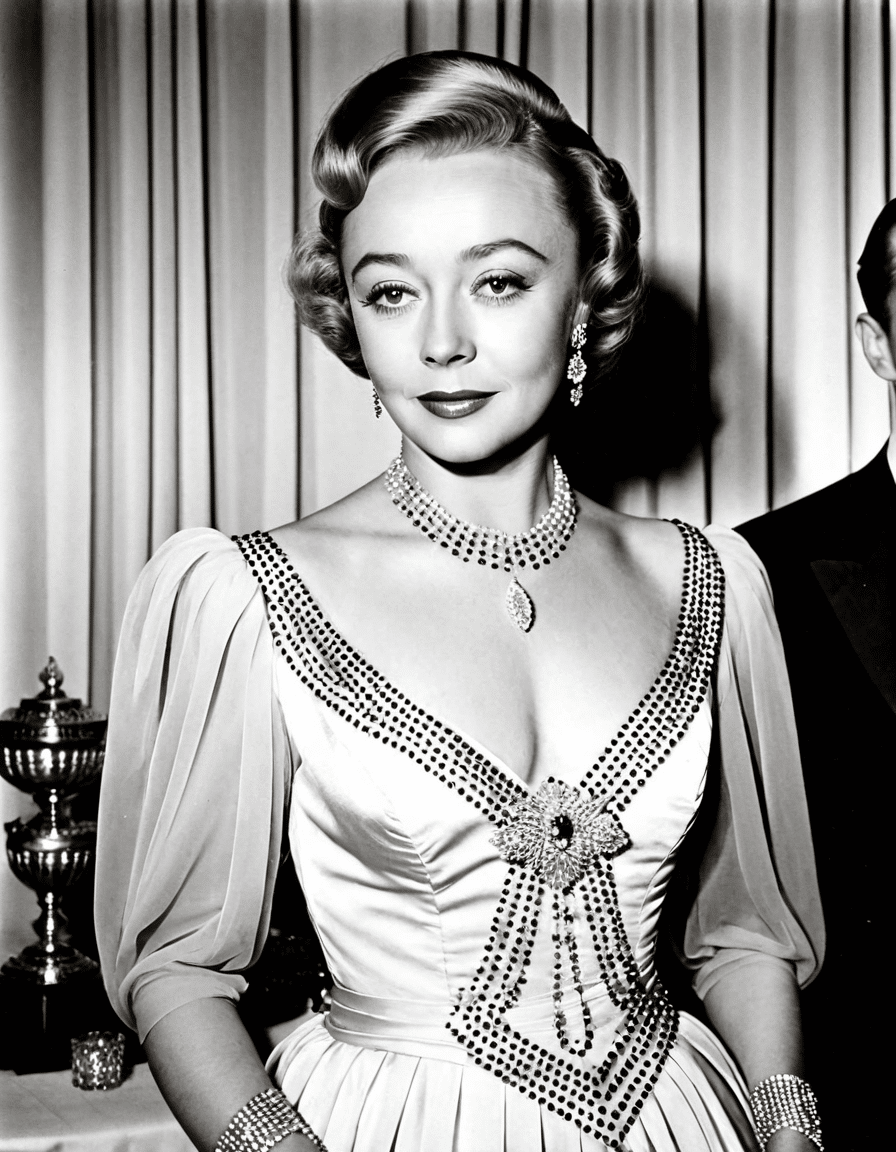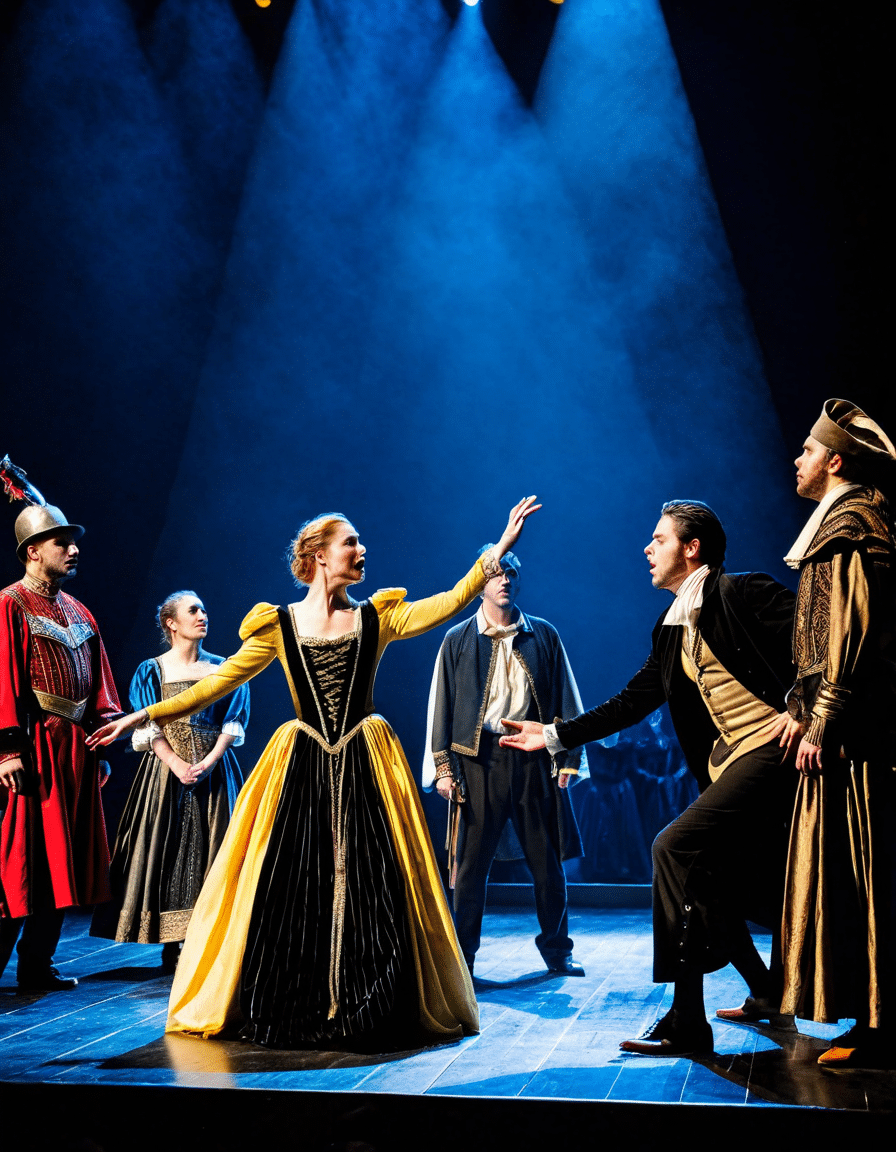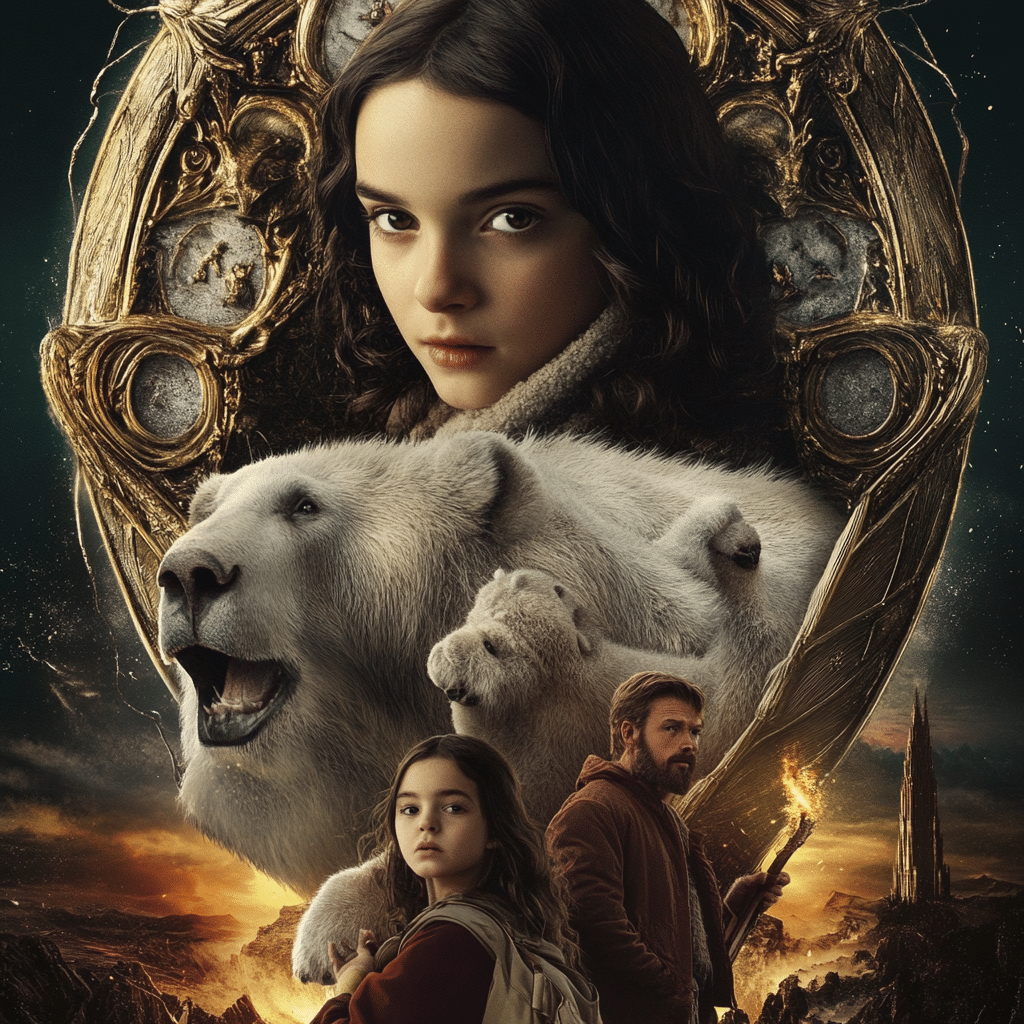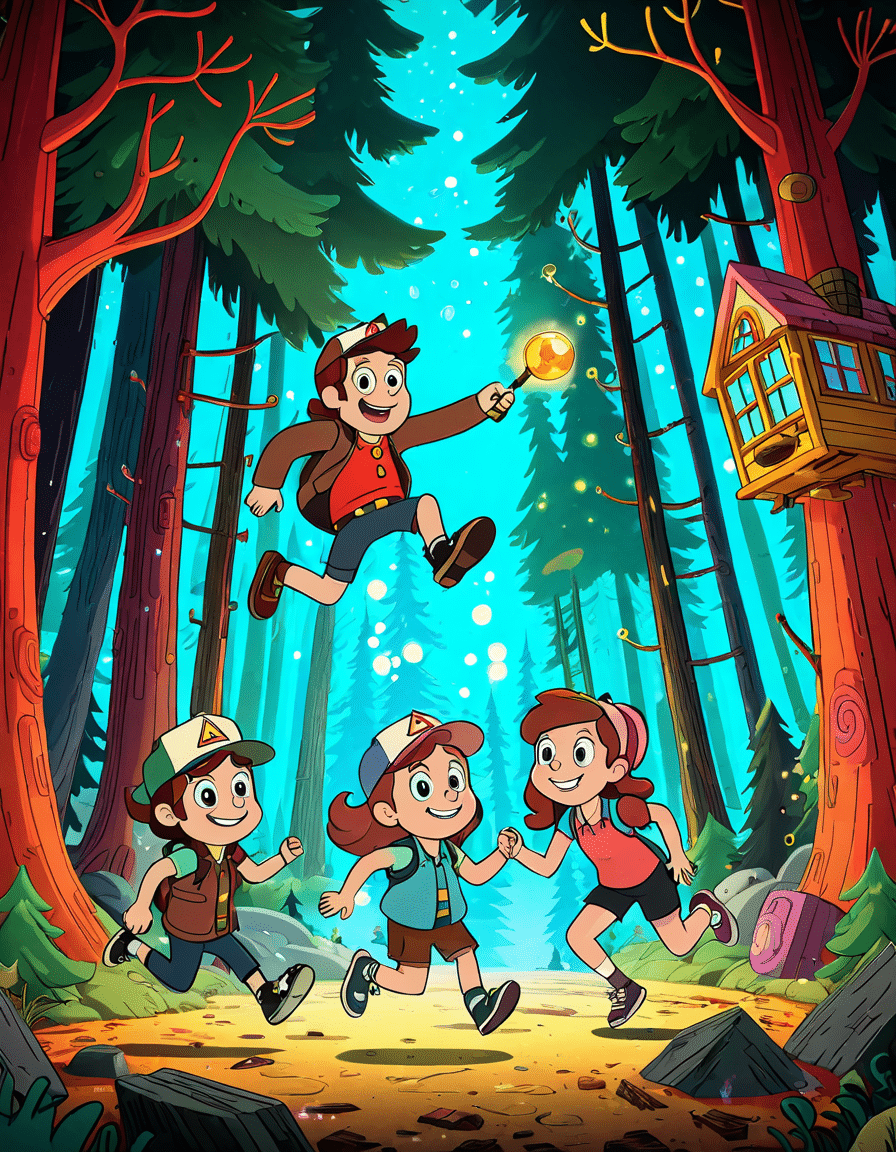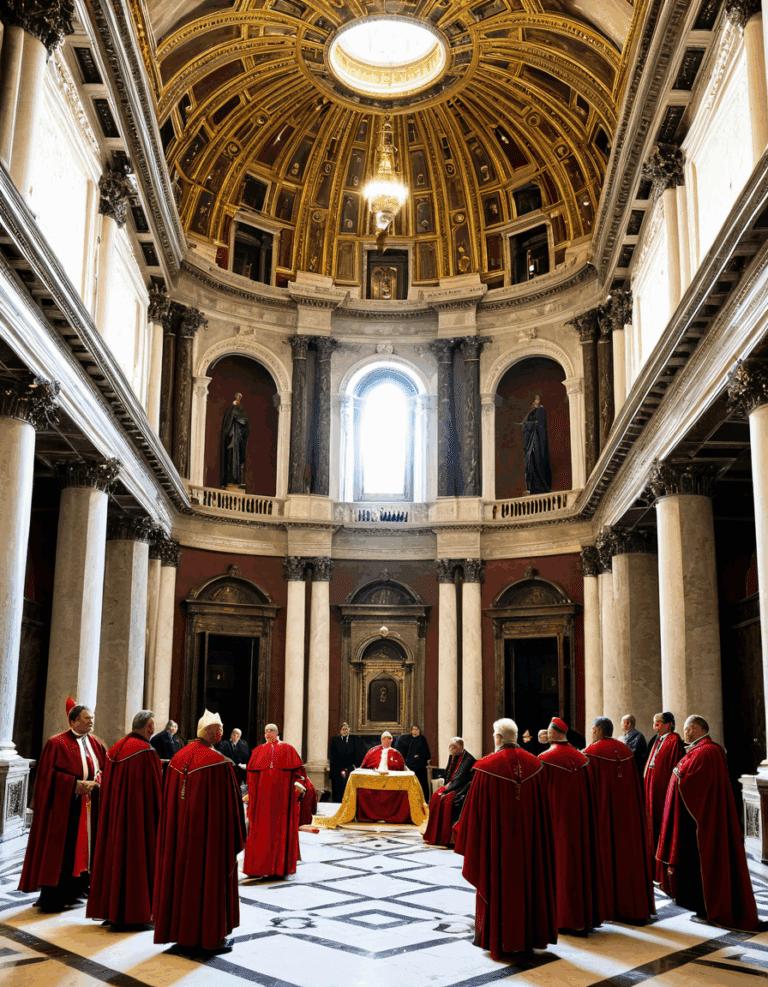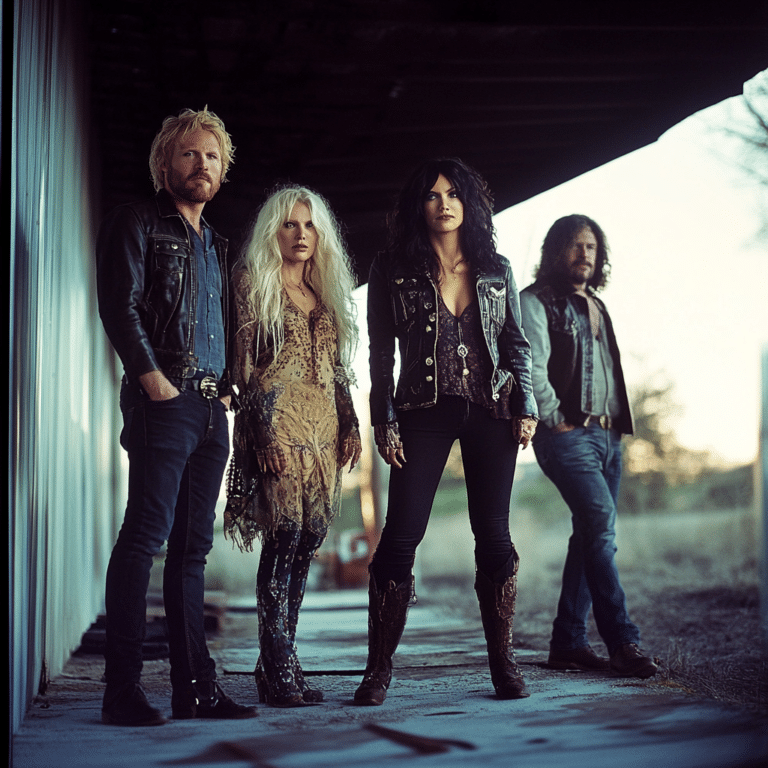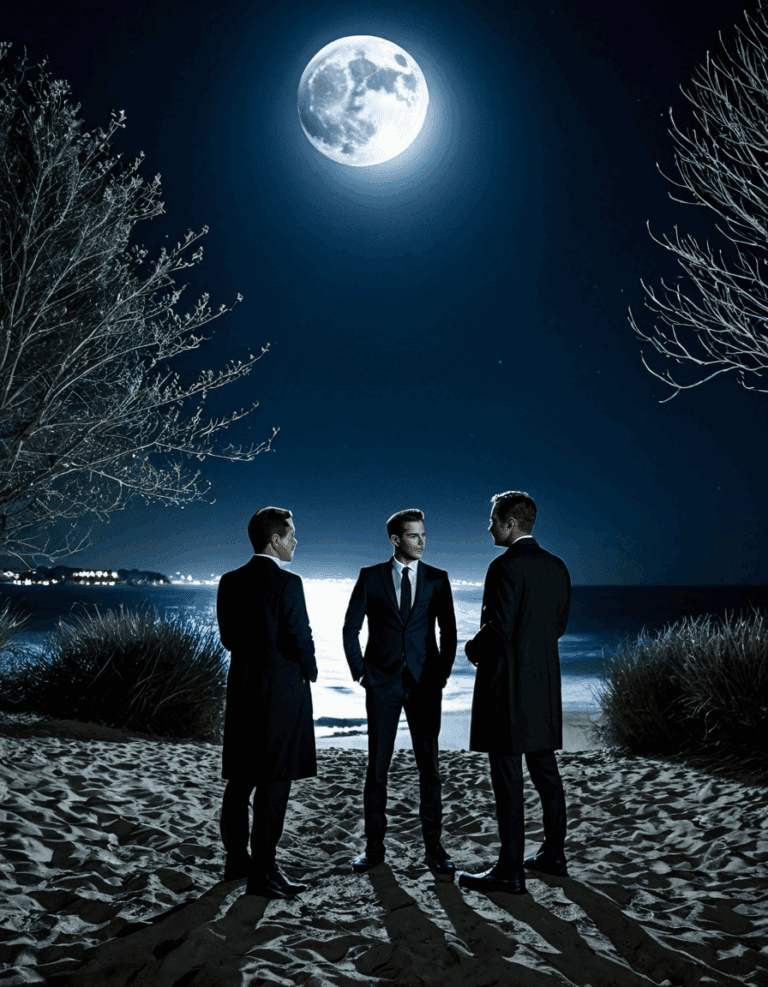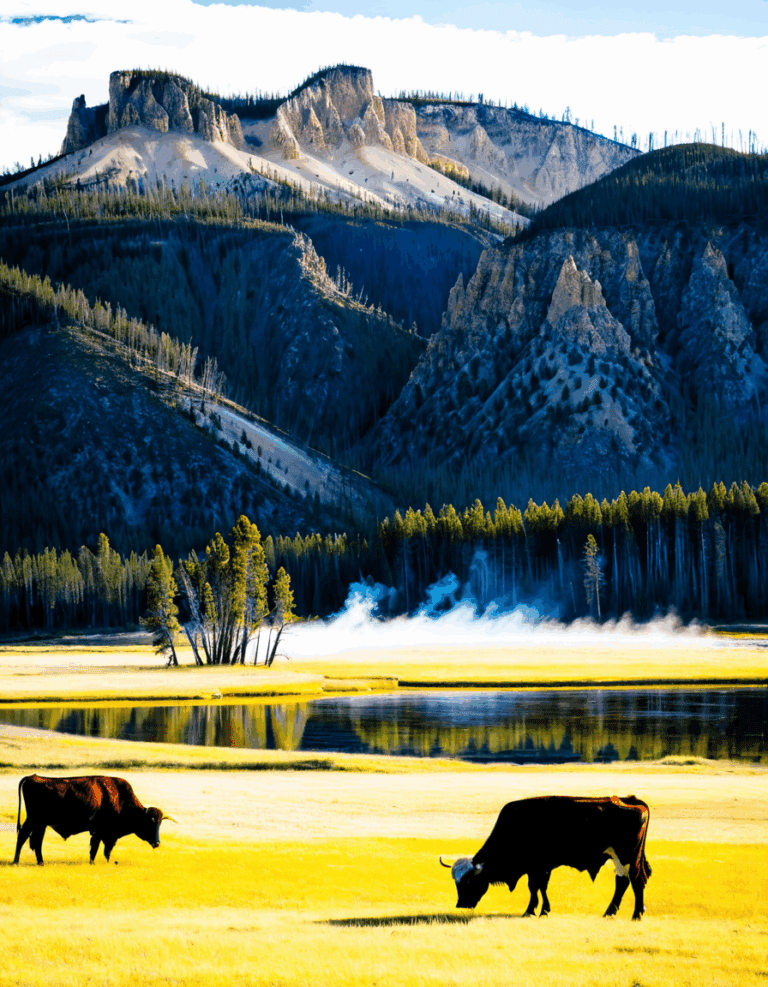The horror genre has a new darling, and it goes by the name of The Quiet Place. Since its debut in 2018, this franchise has entirely reinvented how we experience suspense. The Quiet Place captivates audiences not just with jump scares but through an innovative use of silence. Directed by John Krasinski, the films brilliantly illustrate a world where every whisper could be lethal. Audiences are left biting their nails, wondering what’s lurking just out of sight, proving that sometimes, what you can’t hear is scarier than a blood-curdling scream.
As it turns out, The Quiet Place isn’t your run-of-the-mill horror flick. The original film took critics and audiences by storm, blending family drama with heart-stopping tension in a way that’s rarely seen. Instead of relying on jump scares, it pulls you into its world with sound manipulation that feels almost magical. It’s no wonder it’s become a hallmark of contemporary horror; it has inspired a slew of filmmakers striving to explore new avenues in this wildly popular genre.
Now, let’s take a closer look at what makes The Quiet Place not just a clever horror movie, but an absolute masterclass in storytelling.
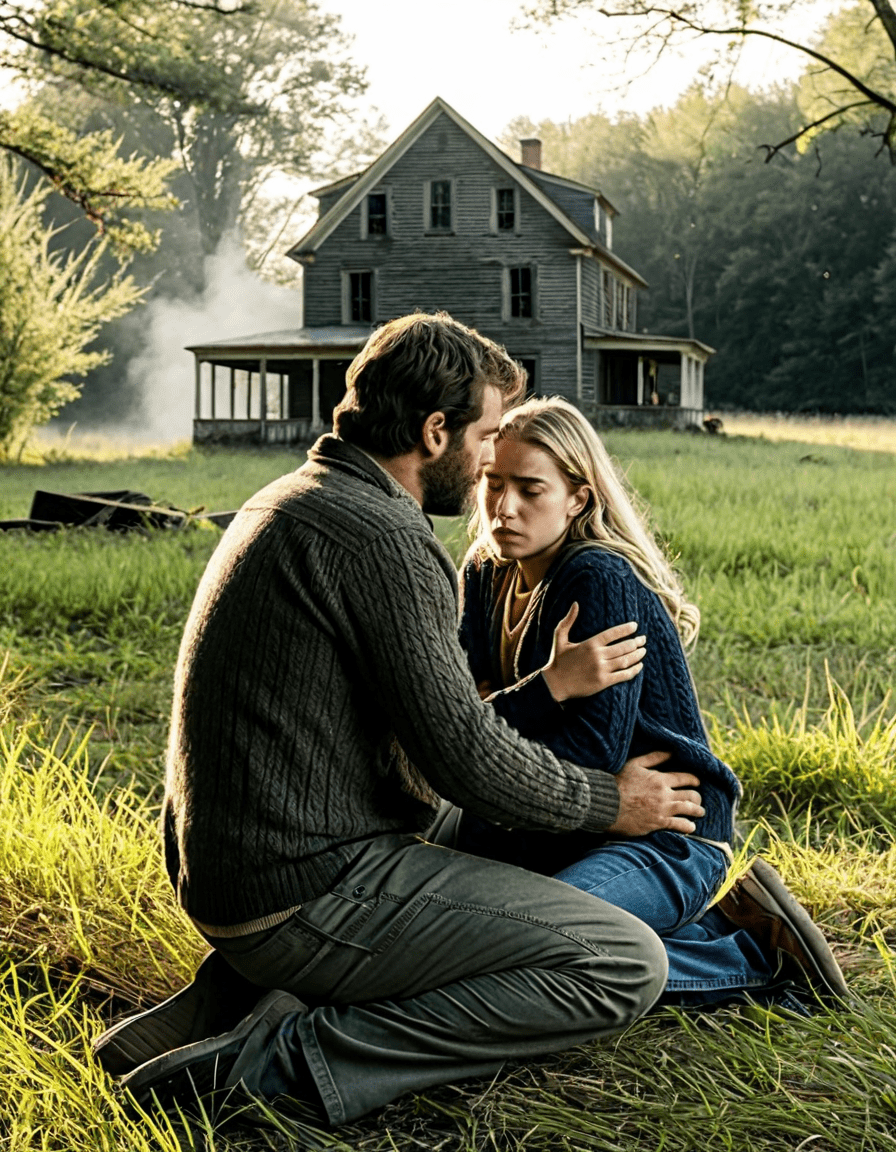
The Evolution of Tension: A Look at The Quiet Place Franchise
The first chapter of The Quiet Place introduced us to the Abbott family, navigating life in a world where sound is fatal. As the plot unfolds, tension escalates not through loud echoes but through the pervasive silence. Post-apocalyptic settings are hardly new, but Krasinski’s vision shifts the focus from horror monsters to the bonds that bind a family together.
In the sequel, “A Quiet Place Part II,” this layered storytelling continues. We see how the family must adapt to their new reality even as they face external dangers. The franchise cleverly juxtaposes themes of love, survival, and human resilience against the horrifying backdrop of relentless aliens that hunt by sound. It emphasizes not just tension but emotional stakes, drawing viewers into the intimate struggles of the characters amidst chaos.
What this series brilliantly illustrates is the power dynamics within a family in crisis. The fear these characters experience resonates deeply with audiences, exploring the daunting task of protecting loved ones in dire circumstances. Ultimately, this evolution places The Quiet Place among the defining contributions in horror film history.
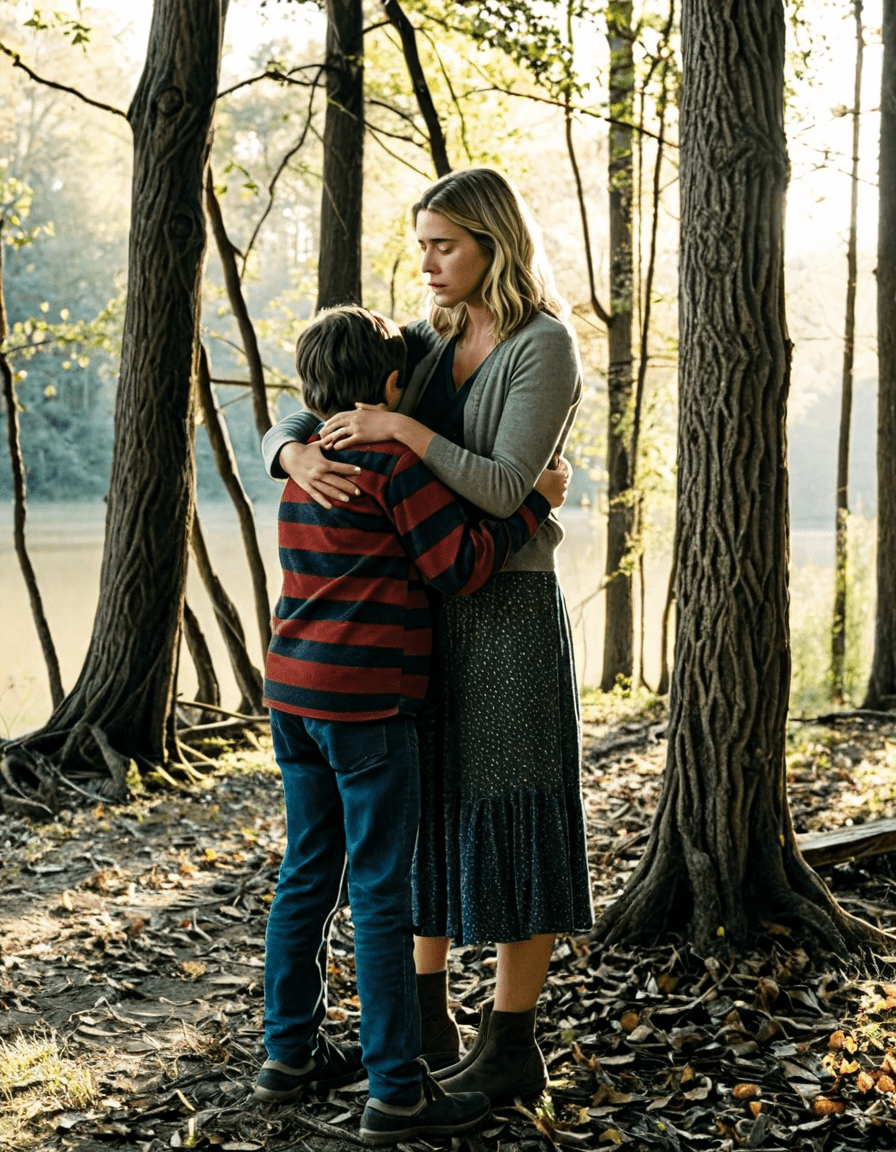
Top 5 Elements That Make The Quiet Place a Masterclass in Silent Horror
1. Sound Design and Silence
If you’ve ever heard someone describe a sunset as “breathtaking,” that’s pretty much how we feel about The Quiet Place‘s sound design. Silent moments aren’t just background noise; they are intricately woven into the fabric of the film. Credit goes to supervising sound editor Erik Aadahl and sound designer Ben Burtt, who transformed silence into a menacing force. They’ve taken sound, or the careful absence of it, to a whole new level.
2. The Role of Family Dynamics
At its core, The Quiet Place is a deep dive into family bonds. The Abbot family’s quest for safety and connection resonates with anyone who’s ever wondered how far they’d go to protect their loved ones. Themes of love and sacrifice are intertwined seamlessly, allowing viewers to witness survival instincts kick in while also feeling the emotional weight of their choices.
3. Visual Storytelling
Krasinski’s direction is a visual feast, showcasing emotions through gestures and expressive cinematography. The work of Polly Morgan as cinematographer captures every moment splendidly, employing light and shadows to tell a deeper narrative. For instance, the contrasting colors used in different scenes convey not just mood but also the anxieties faced by the characters.
4. Innovative Use of Practical Effects
Monsters typically make or break a horror film, and The Quiet Place gets it right with practical effects. Unlike films that heavily rely on CGI, Krasinski opted for realistic creature designs. Laura Lee Bahr’s creation of the fiendish aliens has an eerie believability, making the horror feel tangible while keeping audiences on edge.
5. Cultural Impact and Broader Themes
The Quiet Place has sparked conversations about resilience, communication, and the unbreakable nature of family ties in challenging times. Its themes mirror our societal anxieties and reflect on humanity’s vulnerability. By planting these narratives within a horror framework, it lingers long in viewers’ minds, even after the credits roll.
Analyzing the Cinematic Techniques Behind The Quiet Place’s Success
The The Quiet Place franchise unleashes fear with a keen understanding of spatial dynamics and physicality. The use of lighting and camera angles is deliberate, shaping how audiences perceive the on-screen action. The infamous grain silo scene in “A Quiet Place Part II” exemplifies this beautifully, where natural light and shadows not only add to the tension but also enhance emotional stakes, urging viewers to read between the lines rather than relying on dialogue.
Krasinski’s minimalist approach to scriptwriting invites fans to partake in the story actively. The sparse dialogue doesn’t detract from the narrative; instead, it enhances the immersive experience. Viewers are drawn into interpreting the scenes — their connectedness only deepening their engagement with the story.
The Reception and Influence of The Quiet Place
The critical acclaim received by The Quiet Place speaks volumes. The original scored a staggering 95% on Rotten Tomatoes, and many consider it a new benchmark for the horror genre. By successfully intertwining human emotions with horror, it paved the way for follow-ups and even inspired films like “Malignant.”
Its influence extends beyond box office numbers; it’s ignited conversations about parenting, survival, and vulnerability. The franchise’s depth provides material that resonates with viewers across cultures, making it a truly universal narrative.
An Enduring Legacy: What Lies Ahead for The Quiet Place Franchise
As The Quiet Place expands with sequels and spinoffs, there lies an excitement akin to preparing for a rollercoaster ride. The legacy it builds doesn’t just dwell in fear but ventures into intellectual territory. By merging stark horror with profound human connections, the franchise is poised to keep captivating its audience for years to come.
With a new spinoff, The Quiet Place continues to explore the intersection of human emotion and fear. It invites a new generation of filmmakers to tread where few have gone before, crafting stories that dare to use silence as a powerful tool. If you’re not tuned in yet, now’s your chance to embrace your fears — and they might just be whispering something undeniably powerful.
In short, The Quiet Place has created a unique space in the horror landscape, where silence speaks louder than words. So if you haven’t experienced it yet, what are you waiting for? Grab some popcorn and get ready for a thrilling ride into the world of silent horror magic!
The Quiet Place: Fascinating Trivia About the Silent Horror Magic
The Sound of Silence
Did you know John Krasinski, who directed and starred in The Quiet Place, actually came up with the initial idea for the film while being inspired by his own kids? The concept of silence in a terrifying world attracted not just fans, but a slew of critics as well—much like how The Killers can bring out fervent discussions with their evocative lyrics. The tension in The Quiet Place is almost palpable, making viewers clench their popcorn as they sit on the edge of their seats; it’s a testament to the film’s gripping atmosphere! This unique approach has captivated audiences, proving that sometimes, less is more.
Behind the Scenes
The film was shot largely in Western New York, showcasing a beautifully haunting landscape. Interestingly, this choice of setting could evoke thoughts of Tartaria, often described in internet discussions about mysterious civilizations. One particularly fascinating tidbit is that the actors had to learn to communicate through sign language, adding layers to their performances without the use of spoken words. This dedication to authenticity shines through, reminding us of the powerful imagery often explored in movies like The Conclave, where visual storytelling reigns supreme.
Sound Design Secrets
Additionally, the innovative sound design played an essential role in crafting the suspense. The use of silence, juxtaposed with sudden loud sounds, keeps you anchored in the moment, often leading audience members to jump at every creak! The balance struck here offers a chilling harmony, similar to how brands strategize their promotions—take this year’s Hbo max black Friday deals, for example, where loud advertisements meet a quiet yet effective product launch strategy. Furthermore, there’s a captivating charm in how The Quiet Place pulls you deep into its narrative, echoing the allure of a quiet marsh in Southern Marsh, inviting you to explore its depths.
So tuck in your popcorn, try not to chew too loudly, and enjoy the unnerving serenity that The Quiet Place delivers. This film truly shows that sometimes, it’s the quiet moments that pack the most punch!
